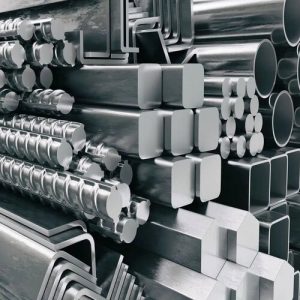
Designer bricks are revolutionizing the landscape of modern architecture with their versatility, durability, and aesthetic appeal. These bricks are not only used for their traditional purpose of providing structural integrity but also for their unique ability to add texture, color, and visual interest to buildings. Here’s a closer look at how designer bricks are being innovatively used in contemporary architecture:
1. Facade Artistry: One of the most striking uses of designer bricks is in creating stunning facades. Architects are experimenting with different brick colors, shapes, and sizes to craft intricate patterns and textures that transform ordinary buildings into architectural masterpieces. For instance, the use of irregularly shaped bricks in a seemingly random pattern can create a dynamic and eye-catching facade. Additionally, bricks with varying shades can be used to produce a gradient effect, adding depth and movement to the exterior of a building.
2. Eco-Friendly Designs: Sustainability is a key consideration in modern architecture, and designer bricks play a significant role in eco-friendly building practices. Many designer bricks are made from recycled materials, reducing the environmental impact of construction. They also provide excellent thermal insulation, which helps to maintain indoor temperatures and reduce the need for heating and cooling systems. This not only saves energy but also contributes to a lower carbon footprint.
3. Interior Accents: Designer bricks are no longer confined to exterior walls; they are increasingly being used in interior spaces to create focal points and add character to rooms. Exposed brick walls are a popular choice for adding a rustic or industrial touch to interiors. The natural texture and color variations of the bricks bring warmth and authenticity to living spaces. In addition, designer bricks can be used to create stylish partitions, feature walls, and even custom-built furniture, such as brick kitchen islands or fireplaces.
4. Heritage Preservation: Designer bricks are also playing a crucial role in preserving historical buildings. They can be used to repair and restore old structures, ensuring that they retain their original charm while meeting modern building standards. By matching the color, texture, and size of the original bricks, restoration projects can maintain the historical integrity of the building.
5. Creative Landscaping: In addition to their use in building construction, designer bricks are being utilized in landscaping projects to create beautiful and functional outdoor spaces. Brick pathways, garden walls, and patio areas are just a few examples of how these bricks can enhance the exterior environment. The durability of bricks makes them ideal for outdoor use, as they can withstand harsh weather conditions and require minimal maintenance.
Designer bricks offer endless possibilities for creative expression in architecture. Their ability to combine functionality with aesthetic appeal makes them an essential material for modern building projects. As architects continue to push the boundaries of design, we can expect to see even more innovative uses of designer bricks in the future.




